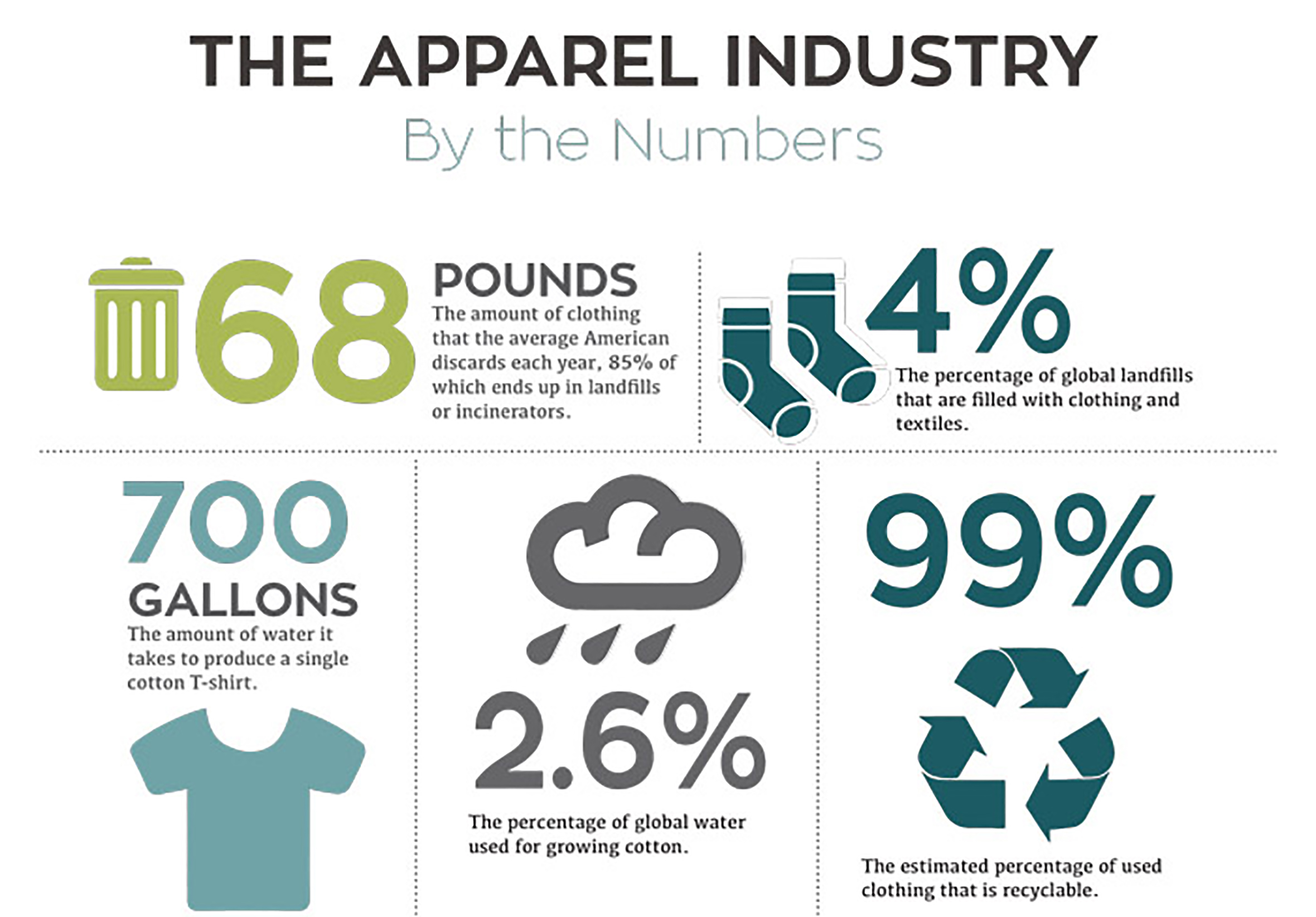Are Latest Fashion Trends Killing the Planet?
Gallery

The latest fashion trends are killing the planet. Unfortunately, most consumers are unaware of the environmental dangers lurking in their favorite retail store. As landfills grow bloated with last season’s trends, and resources are gradually depleted, how will the fashion industry react to a global climate crisis it helped create?
Livia Firth, Creative Director for Eco-Age, is thoroughly aware of the budding environmental problems and has acted. Firth states to the Huffington Post, “Today, approximately 80 billion garments are produced new every year. Imagine all the resources that this requires. To make our clothes, we need water. Between 11,000 and 20,000 litres of water are needed to produce enough textile for one pair of jeans.” Firth has developed The Green Carpet Challenge, a red carpet event dedicated to eco-friendly and sustainable fashion. The goal of the event is to raise awareness of alternative ways to maintain fashion freedom and creativity without harming the planet.
Although Firth’s efforts towards casting a light on sustainable fashion have been widely received by the public, garnering support of various fashion icons like Anna Wintour, editor and chief of Vogue and fashion designer Stella McCartney, there is still much to be done. Green Strategy, a consultancy firm specializing in sustainability issues in the fashion industry states, “The main responsibility of fashion companies is obviously to change their production, distribution and marketing practices and strategies towards greater sustainability.”
The fashion industry will need to take a new route towards how it creates, sells and advertises clothing to improve the years of damage it’s done on a macro scale. On a micro scale, the fashion industry can take steps towards changing its relationship with consumers, starting with influencers. The everyday fashion influencer has expanded from the realms of your favorite supermodel or designer. The American Marketing Association states that, “Companies can harness the influence of online fashion tastemakers to tap into new markets.”
You can find many YouTubers or Instagram models being sponsored for shoes, purses and clothing alike, often featured in posts called fashion hauls. The average consumer can be bombarded with binge shopping hauls which can affect and influence the shopping habits of the everyday viewer, while taking a tole on the environment in the process.
Lyric Haughton, avid YouTube watcher and Biology student at Florida Atlantic University, understands the severity of the fashion industry’s effect on the environment, but can also conclude that this relationship is built on more than breaking old habits. Haughton states, “I definitely think the fashion industry does take some responsibility for its part and that it could help save the environment if they wanted to. But greed and money are major variables.”
The fashion industry is a powerhouse with the ability for change and the influence to affect other industries toward a sustainable future. As awareness builds, of both the economical and environmental problems this industry faces, as well as the potential solutions, sustainable fashion may become the norm rather than the exception.
